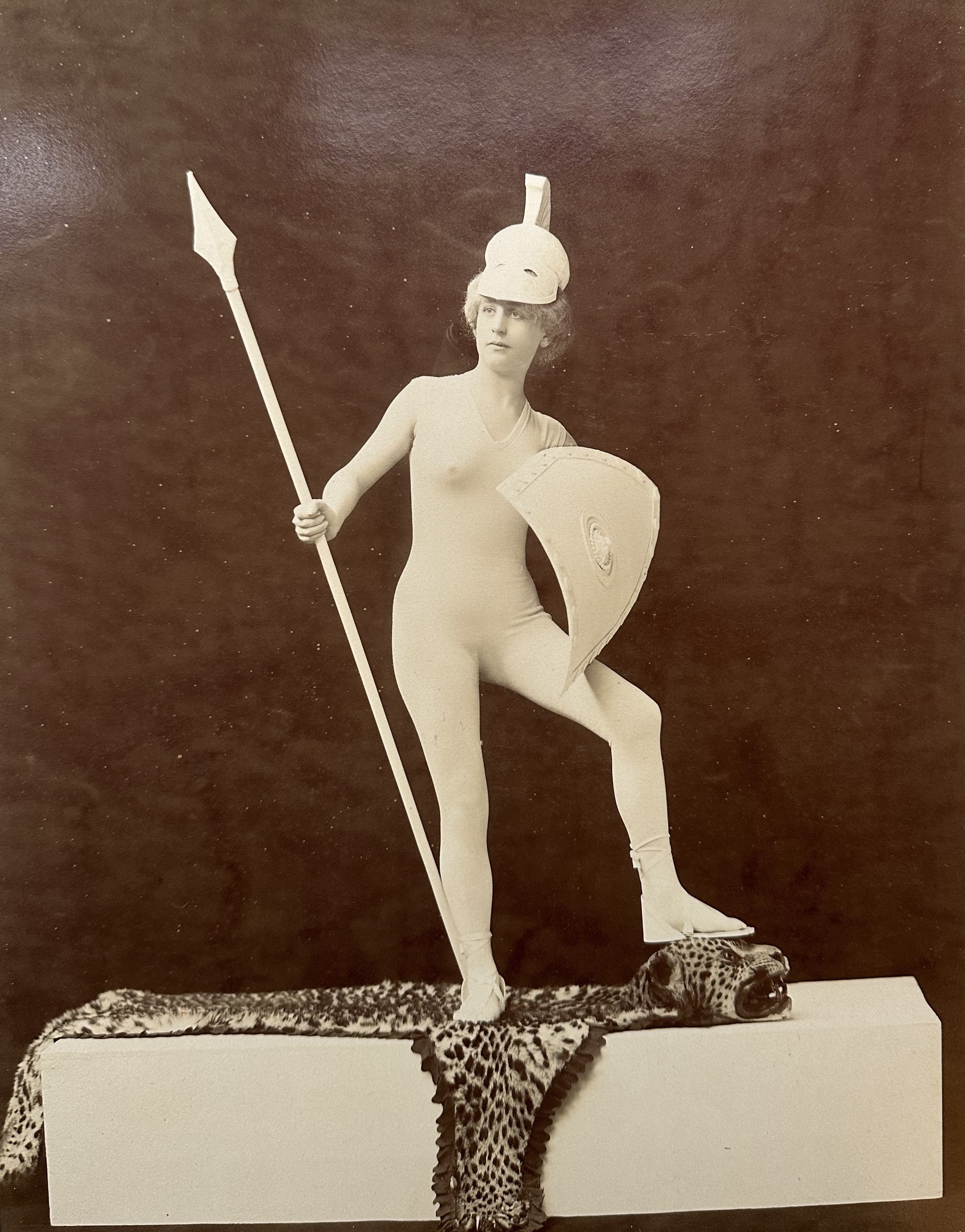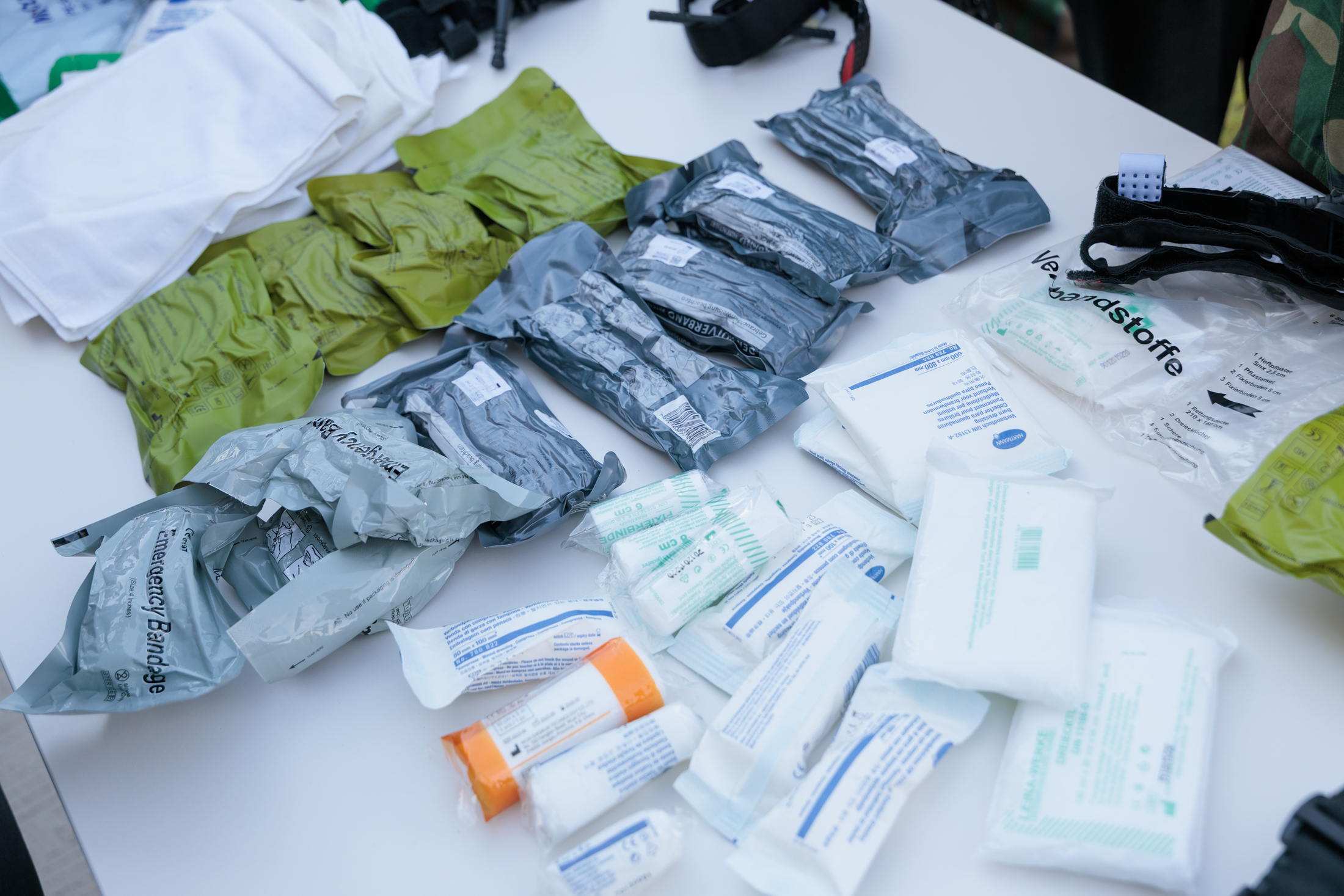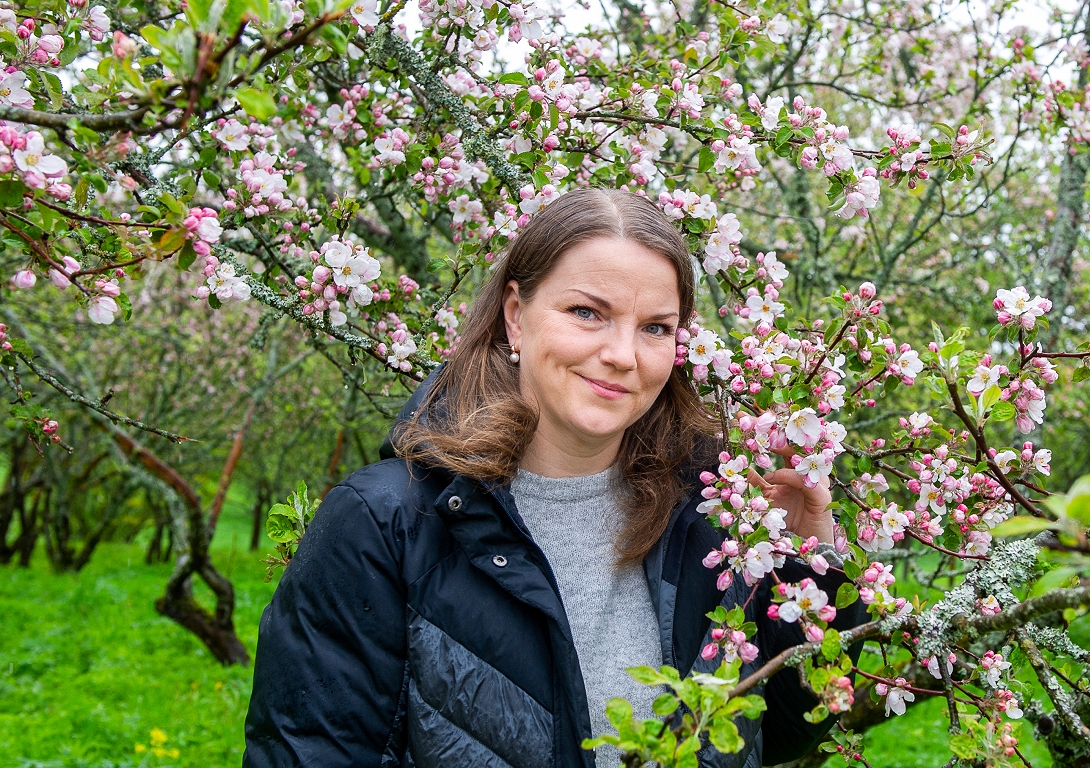Raudondvaris Count’s legacy rewrites the history of Lithuanian photography

Glorified and despised
The naked human body has been fascinated by various artists since ancient times. When it comes to ancient Greece, « nudity » and « heroic nudity » are modern terms that describe the idealizing nudity in art. He then meant youth, beauty, strength, purity and related positive masculine qualities. The idea of a woman’s nakedness came only in the Middle Ages.
In Europe, four forms of nudity were known in the Middle Ages, exclusive of them – Nuditas Criminalis; It includes the ancient statues of rulers and gods. In medieval art, such naked figures on columns were depicted as proud idols, and here’s the sexualized interpretation of naked goddesses in early Christianity contradicted the ancient conventions – Aphrodite and Venus statues are then presented as deadly sin Luxuria Mostly, they were only shown naked only in a negative context.
During the Renaissance period, the practice of the act of the act was a common educational tool in artists’ studies and academies – usually when drawing.
With the emergence of photography in the 19th century. The act both as a term and as a genre has moved to this area. At that time, the body’s portrayal was not restricted by religious, mythological or historical motives. This is confirmed by the works of French impressionists such as Pierre Auguste Renoir, édouardo Manet and Edgar Degasus, showing people in completely normal situations (usually in nature). The artists focused on the details of the body language to express the inner world of the individual, his dreams, hope, fears.
The act, as a means of expression of inner moods and feelings, reached the pinnacle of artistic development in the 20th century. in the works of expressionists. It should not be forgotten that the portrayal of the naked body also served Voyerism, contributed to the birth of today’s erotic magazines, and the acts increased sales in publications and raised their prices.
Photo by organizers
New facts
Until now, the first actor Domicėlė Tarabildienė, the artist of the Lithuanian photography, was considered the Lithuanian photography, in the 20th century. After experimenting with autoctas in the early 1940s. However, the works of BH Tyszkiewicz show that the theme of the naked body appeared in the eye of Lithuanian photographers much earlier – in the 19th century. at the end of the end.
The legacy of the Count of Raudondvaris reveals that it was not only one of the first travelers’ photographers and the pioneer of reporting photography in Lithuania, a spokesman for picorialism, but also a bold artist. More than 30 recently discovered photos are evidenced by BH Tyszkiewicz’s ability to subtly and artistically perpetuate the naked human body as an aesthetic object of photography.
Some of these works openly demonstrate nudity, while others balance the interpretations of the act and myth. « The album with the female acts of Raudondvaris Count BH Tyszkiewicz shows a free personality, a bold creator of the 19th century, the creator of the naked woman as an art object, » says Zigmas Kleresinskas, Director of KRM.
The next album, taken in 1895, is full of allusions to a naked body. « The author’s models, wearing thinly white tights, depict mythical Greek or Roman gods. In several photographs, a model is like a bely figure that embodies the Roman trade god Mercury with a winged hat and shoes that holds the cadouts with a stick with intertwined snakes. the taste, the ability to interpret and reveal the topic you choose. – The art critic is considering.
Photo by organizers
Creative spectrum
The Count, who has lived in France for many years, has been actively involved in the activities of the Photographers’ Society since 1884 and became a member of the prestigious Paris Photo Club in 1898. His works were displayed at exhibitions and published in French evalid publications. All acts presented in Raudondvaris were created in Paris, a personal study studio of BH Tyszkiewicz, 1894-1895.
Looking at these works, we can see that the Count was open to artistic and aesthetic expression, and considered an important part of art, used for creation. In acts, he sought to express emotions, beauty and harmony, which is typical of the currents of both symbolism and modernism. At that time, the images of the body were gaining popularity not only in art but also in visual culture. They aimed to convey human nature, emotions and psychology, and naked body often performed a metaphor function.
Who? Exhibition « The Nude Body Light BH Tyszkiewicz in the 19th century » in the photos « .
Where? Kaunas District Museum.
When? Opening May 2 6 p.m. Will be open until June 22. Visiting III -VII 10-17:30 p.m.








